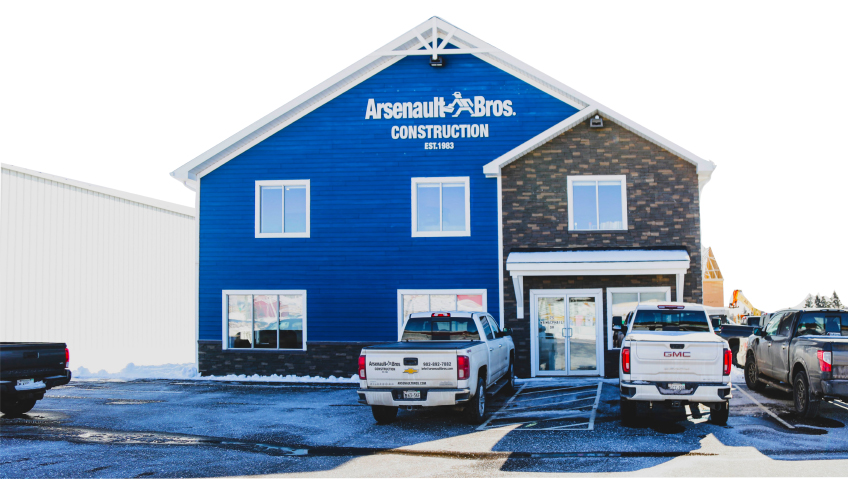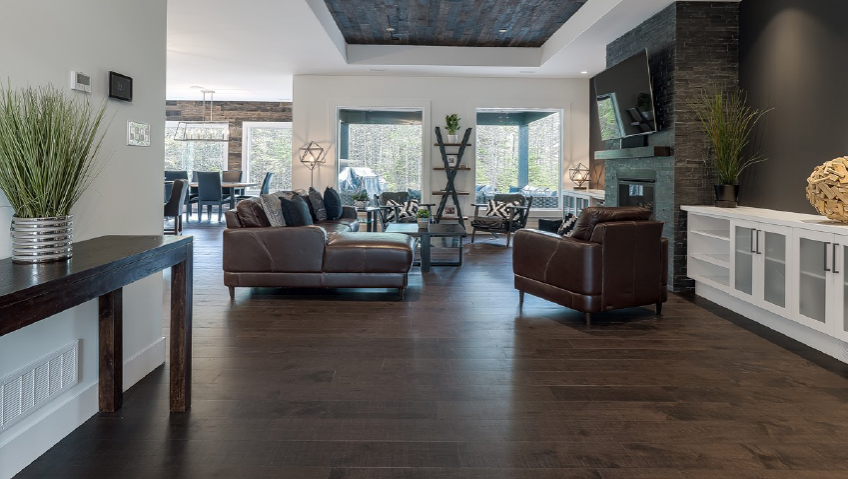Universal Design, also referred to as “inclusive design”, can be defined as “the architectural and creative process of ensuring infrastructure in the built environment is accessible to all, regardless of age, ability, or any other demographic,” according to Hadriana Lowenkron for Bloomberg.
The concept of Universal Design (UD) was developed in 1977. It was attributed to Ron Mace, founder of the Center for Universal Design, North Carolina State University, among other designers who felt that the designing process in the built environment should be to the benefit of all—from the disabled to those who are not; from children to the very elderly.
The human-centered approach is the centre of the design process which facilitates equality and promotes an easier, friendlier, and safer life for all.
Universal design vs. conventional builds
Conventional builds cater to those who are typical, meaning those who don’t require modifications or alterations to their environment in order to easily access all design features.
Universal Design isn’t geared toward a “one size fits all” solution; rather, it aims “to push the boundaries of mainstream products, services and environments to include as many people as possible and provide the ability to customization to minimize the difficulties of particular users,” writes SA Rogers for Web Urbanist.
This definition goes on to explain that Universal Design “means adapting both existing architecture and new building projects to recognize the vast array of abilities, limitations, and differences that exist within our communities. To really embrace it, designers, architects, and planners must challenge their assumptions of what the ‘normal’ usage of a space will be, particularly since so many disabilities can be invisible to the casual observer,” writes Rogers.
Some of the principles of Universal Design include, for example, Equitable Use, Simple Intuitive Use, Perceptible Information, Low Physical Effort, and Size and Space for Approach and Use, as explained by Disabilities, Opportunities, Internetworking, and Technology (DOIT).
Equitable Use refers to the design that is useful and marketable to those with diverse abilities. Simple Intuitive Use is easily understood regardless of the consumer’s language skills and knowledge. Perceptible Information clearly communicates effectively to the consumer regardless of their sensory abilities.
Low Physical Effort in design corresponds to how efficiently and comfortably the user can utilize the design. Size and Space for Approach of Use refers to the user’s ability to reach and maneuver the design comfortably regardless of their mobility, body size or posture.
Universal Design is being widely incorporated in the initial planning process not only by designers, but by architects, engineers, and city planners, among others engaged in built infrastructure, to meet the demands of ever-occurring societal changes. It is design that proves workable and benefits all users throughout their lives. In essence, the focus is on designing for diversity and indeed, equity.
It strives to provide a better quality of life for all individuals regardless of functional limitations. It’s recognized that Universal Design is forward thinking in the designing process; it’s a process rather than a result, with a focus on improved usability, social participation and the health of everyone.
Some examples of Universal Design in the built infrastructure include such things as automated doors for those with disabilities, integrated furniture components, and enhanced communication systems that make such things as power outlets more accessible and convenient for the user.
Eight goals of universal design
The eight goals of Universal Design incorporate such planning as:
• Body Fit – to provide for those with a range of body sizes and abilities
• Comfort – consideration for those with limited body function
• Awareness – Understanding that critical information can readily be communicated and perceived
• Understanding – Methods of use are clear, concise and intuitive
• Wellness – designing that prevents injury, health promotion enhancement, and the avoidance of disease
• Social integration – All individuals are treated with both dignity and respect
The promotion of aging in place
There is a large percentage of aging individuals that would like to continue living in their current place of residence. This provides them with a sense of life satisfaction, better health, and increased self-esteem.
According to a 2021 American Association for Retired Persons (AARP) survey, “about three-quarters of those 50+ would like to stay in their current homes or communities for as long as possible, compared to about half of those ages 18–49 who feel the same. In order to remain in their homes, 34 percent of older respondents recognize they may need to make physical changes to their house.”
For those aging individuals, housing designs need to be adaptable when considering a number of health conditions and capabilities that traditional designs can’t fully accommodate.
Some examples of such designing include no-step entrances, accessible floor level bathrooms and sleeping space, good lighting, sufficient planning for space, contrasting colours that aid in the promotion of good perception of boundaries, and comfortable-reach designs throughout the home.
Recognizing the needs of the disabled
In terms of building housing for individual with disabilities, Universal Design functions on the premise that housing can be created that is both usable and functional without requiring any adaptation.
Ron Mace, the noted founder of Universal Design mentioned earlier, was a disabled architect who strived to “make accessibility an essential part of architecture and to prioritize disability needs in design practices,” as described by the National Low Income Housing Coalition.
“Universal Design,” writes the Coalition, “predicts the needs and wants of a diverse group of users. Although the design approach benefits all users, it can lessen the need for assistive technology devices or make them easier to install and use because it was created for users with disabilities.”
Indeed, Universal Design is not only seen as a design process that benefits elderly or disabled individuals; it serves to benefit every member of a society through the promotion of accessibility of usable products, services and environments.
Benefits for all
Future renovations on a Universal Design building, particularly for a homeowner, have been taken into consideration so that expensive alterations can be reduced, equating to significant savings overall. For those planning to age in place, making design and renovation decisions to suit their needs as they age can be a smart choice. Such things as incorporating nonslip floors, enhanced lighting, and railings to avoid falls will save money and prevent injuries.
A home’s value will be increased through these choices, particularly considering that today’s buyers are seeking homes that accommodate multigenerational families. Incorporating Universal Design principles into a home is more appealing for a buyers’ market, lending itself to a more competitive sale.
With hazardous design features minimized, a safer environment for all is achieved for both residents and visitors. In addition, a Universal Design home presents a more welcoming and comfortable environment when one knows that customized safety features have been utilized.
Universal Design principles are important considerations for architects, engineers, designers, and city planners since they make use of space that is accessible, usable and convenient for all, regardless of age or ability. It should be the goal that everyone’s needs and requirements are taken into consideration, resulting in increased community involvement and a more satisfying life.
Sidebar:
The Disability Act of 2005 defines Universal Design as follows:
The design and composition of an Environment so that it may be accessed, understood and used
• To the greatest possible extent,
• In the most independent and natural manner possible,
• In the widest possible range of situations, and
• Without the need for adaptation, modification, assistive devices or specialized solutions, by any persons of any age or size or having any particular physical, sensory, mental health, or intellectual ability or disability, and
• Means, in relation to electronic systems, any electronics-based process of creating products, services, or systems so that they may be used by any person.
Source: universaldesign.ie/what-is-universal-design/policy-and-legislation






